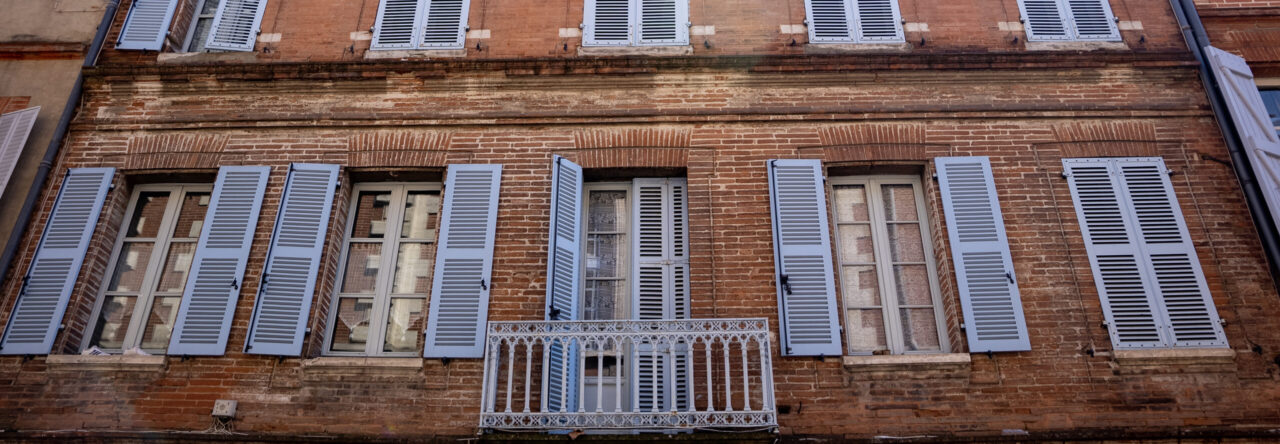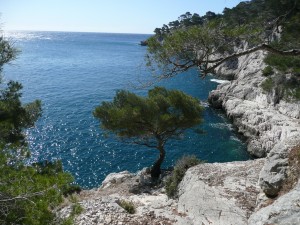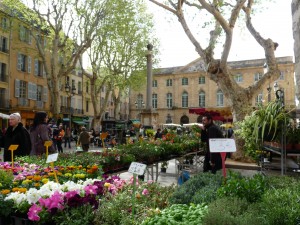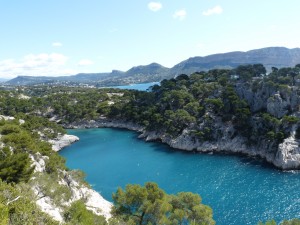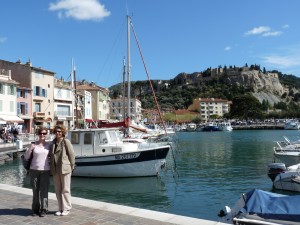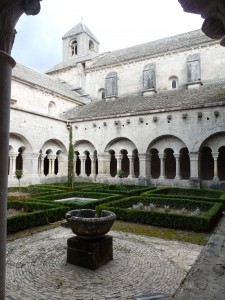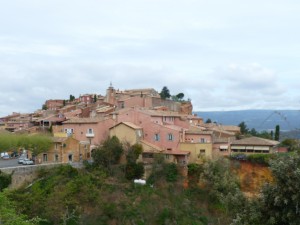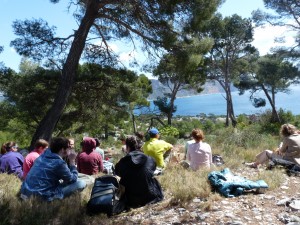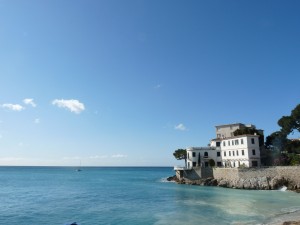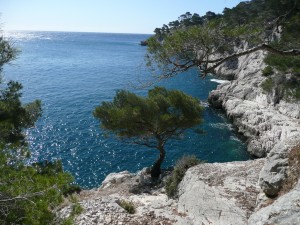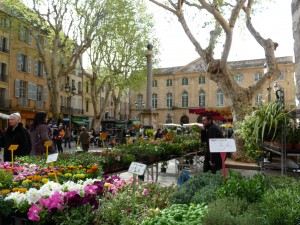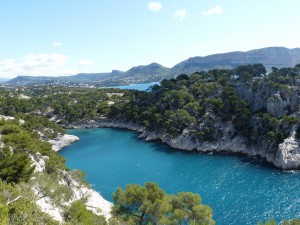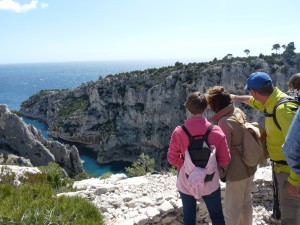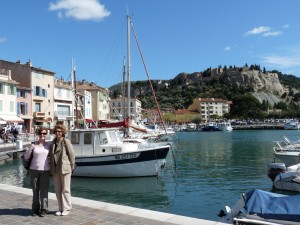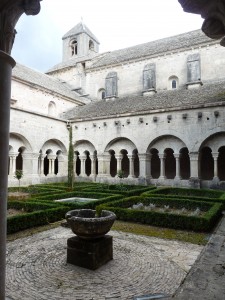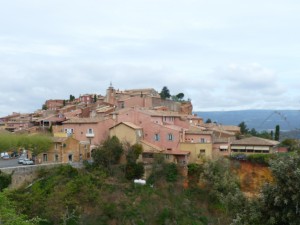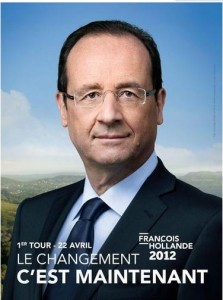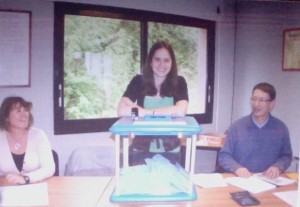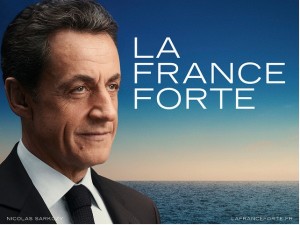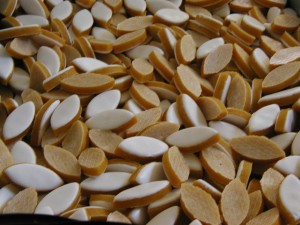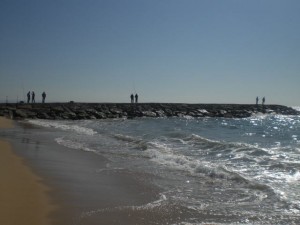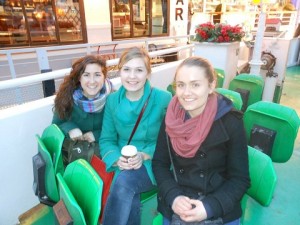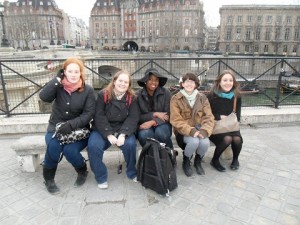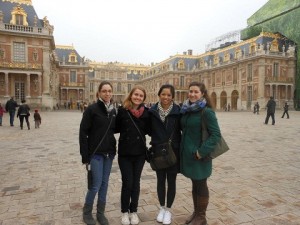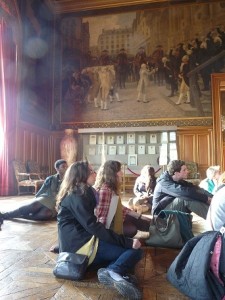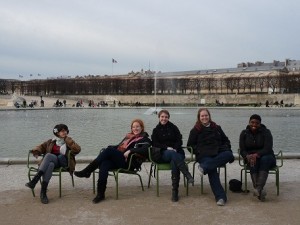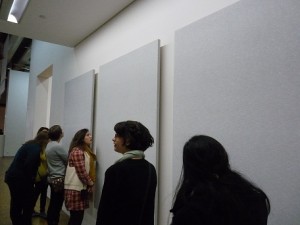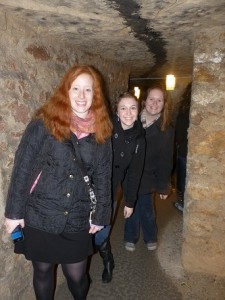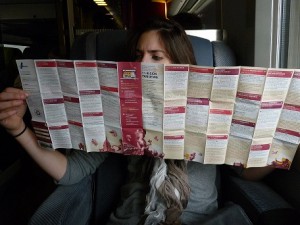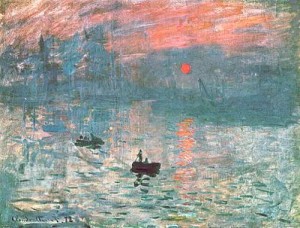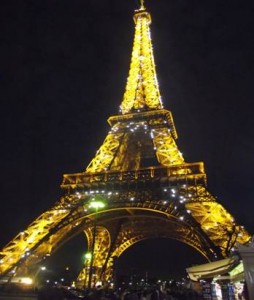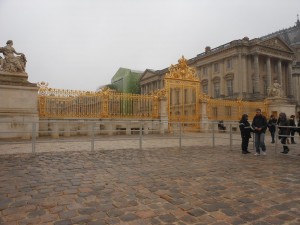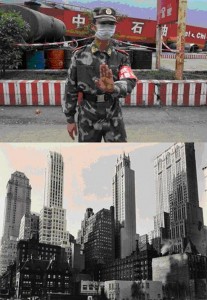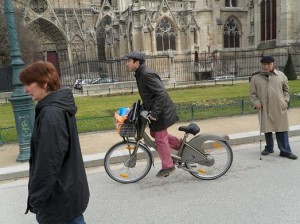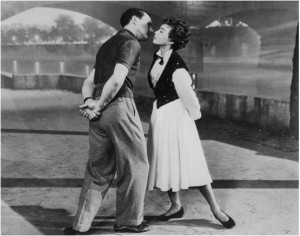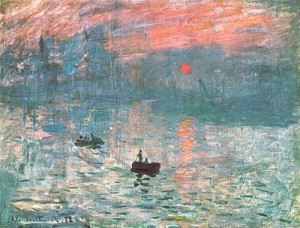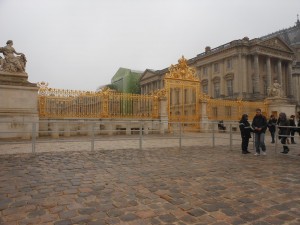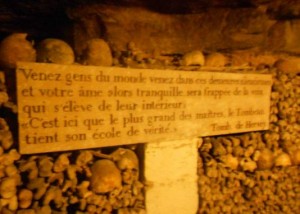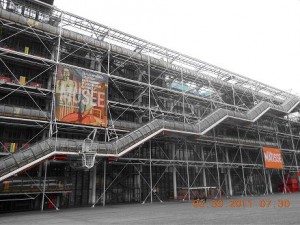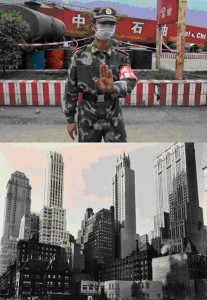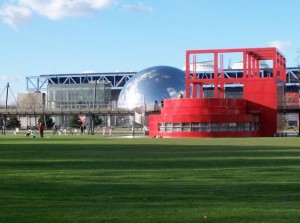Every student has some special memory of the final final trip to Provence.
On my vacation to Aix en Provence, I saw the gorgeous region of Cassis. In the morning, I was able to walk through the town market. One of the items that this regions is known for is their heavenly smelling lavender. Right on the beach of the Mediterranean Sea, one could not help but bath in the scent of the ocean. Not bad for my first time at the beach!
Provence is the most famous region in France with its unique scenery creating a part of that fame. Even if you can’t see it in the photo above, Provence has a reputation for very blue skies, which is one reason why Provence is depicted in many paintings. It is countryside with a lot of low-lying vegetation and trees without many leaves because of the makeup of the soil and the lack of rain. The region has a lot of wind because of the Mistral, which can create high-speed winds in the region. It is a beautiful countryside with a lot of character that helps to create the popularity of the region.
Although it rained, I found Aix-en-Provence to be very pretty. As a city, it is vibrant, chic, and above all young. If you desire, you can buy only organic product. You have to rely on the frequent street markets, the grocery stores, and the street venders because the cost of living is quite expensive, but you can always support local producers. Having seen all of these shops and having spoken with a woman who sells organic soap, it seems to me that this city is very conscientious.
Sarah H:
During our visit to Provence we hiked in the Calanques. We started our adventure in the village of Cassis. Then we climbed the calaque called Port-Miou. The landscape was incredible and we all took many beautiful photos of the blue water (a blue similar to what you would find on a post card). We continued to walk until 12:30 or 1 when we stopped to eat a picnic of sandwiches we had brought from Aix. After we hiked a bit higher before turning around to return to Cassis. During our free time in Cassis the members of the group all explored different areas. Some people ate ice cream in a cafe while others rested on the beach. After, once we had returned to the bus, we were all very tired but we agreed that we had passed an agreeable day.
The town of Cassis is a great place to visit, as well as an ancient fishing port. Walking
through the tiny town’s village streets, you stumble upon beautiful old buildings painted
in the beautiful pastel colors of the Provence region. The town boasts medieval
fountains, an open-air artists’ market, and a gorgeous harbor. Cassis used to be just a
small fishing port, but these smaller boats now share the harbor with some impressive
yachts and tourists boats that take people out to explore the calanques and the pristine
blue water of the Mediterranean.
On the 3rd day of our vacation, we went to Sénanque Abbey, an abbey for Cistercian monks located between Aix-en-Provence and the town Roussillon. During our visit, we saw the monk’s room, the church, and the decision-making room. In particular, I was struck by how hard the life of a monk was in the past. Our guide told us that the monks of the middle ages slept on the ground on a straw mattress. Of course, there was no heating in that era, so the only comfort the monks had was that they slept on ground that had been cooked (which holds more heat). All the monks slept in the same room, and they only had little curtains around their mattress for privacy. In addition, during the summer, the monks would get up at 2 am! However, today the life of a monk isn’t so hard. All the monks have their own heated room with a bed.
Completely different from any other town in France the bright and contrasting colors of Roussillon are nothing less than impressive. We walked through the ochre footpath to marvel at the natural pigmented formations that have existed since the prehistoric time. I didn’t like Roussillon because of its antiquity or for its UNESCO status, but for its natural and powerful beauty.
I could not have imagined a better day for my birthday in the Calanques. The weather was beautiful with an amazing sky – it was a blue that you can only see in the Calanques. The hike was difficult at times with the rocks and the slopes, but it was worth it to see the views. At each turn the hills and the Mediterranean Sea seemed to be even more beautiful. When it was time for out picnic, we were very happy to eat and take a nap in the sun.
My favorite activity during our voyage in Provence was definitely the hike in the Calanques. The colors of the Calanques were without equal: the bright blue-green of the water, the vibrant green of the trees, and the white of the cliffs combined to be a feast for the eyes. Furthermore, our guide expertly brought us to specific areas in the Calanques where the view left us speechless. We also passed a very pleasant lunch in picnicking and laying out in the sun. All-in-all, this hike was one of my favorite experiences in France and I would very much like to return to the Calanques and to Cassis in the summer when it must surely be even more magnificent.”
